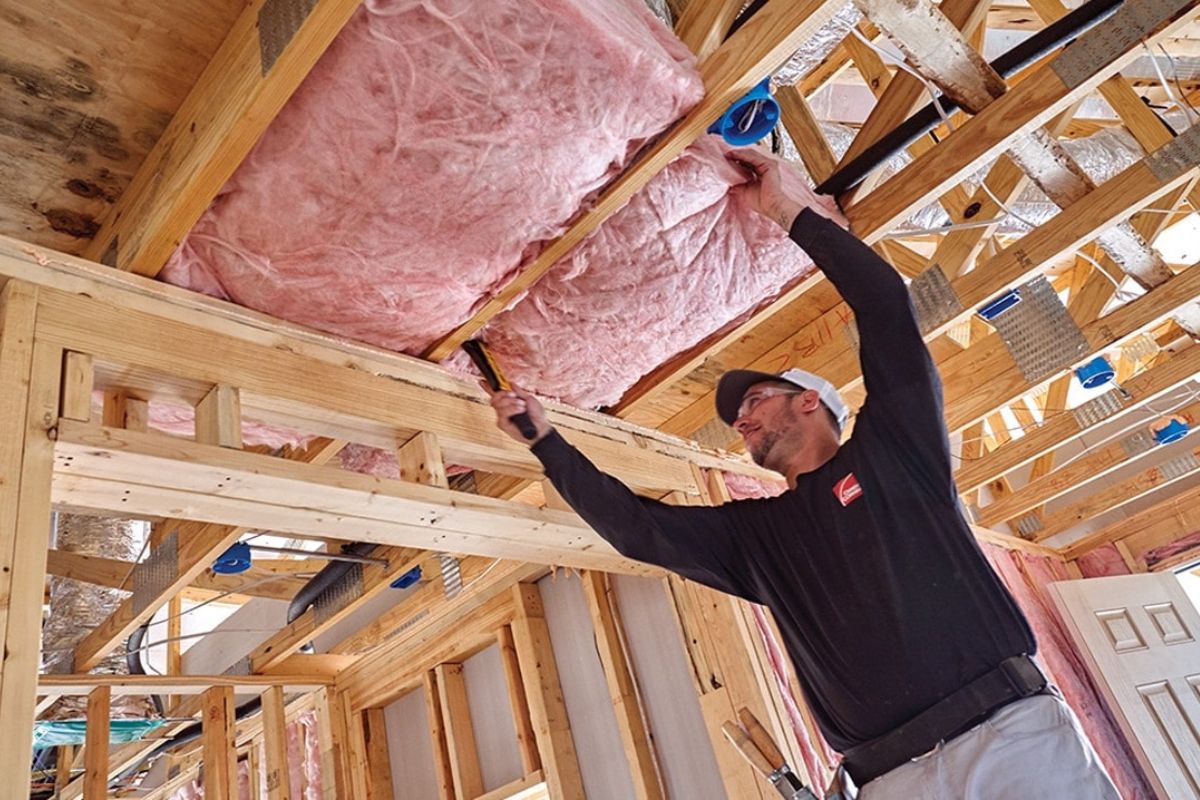

Articles
What Does Insulation Do
Modified: January 23, 2024
Discover the importance of insulation in articles for optimal energy efficiency and temperature control. Learn how insulation works and its benefits.
(Many of the links in this article redirect to a specific reviewed product. Your purchase of these products through affiliate links helps to generate commission for Storables.com, at no extra cost. Learn more)
Introduction
Welcome to the world of insulation, where comfort and energy efficiency go hand in hand. In this article, we will delve into the importance of insulation and explore its various types, benefits, and installation processes. Whether you are a homeowner looking to make your living space more comfortable or an eco-conscious individual striving to reduce your carbon footprint, this guide is for you.
Insulation plays a vital role in maintaining the desired temperature within a building, whether it is keeping warm air in during the colder months or preventing hot air from seeping in during the scorching summer heat. Not only does insulation contribute to energy savings by reducing the need for excessive heating or cooling, but it also enhances the overall comfort of a space by minimizing temperature fluctuations and controlling humidity levels.
Insulation acts as a barrier, slowing down the transfer of heat between the inside and outside of a building. Without insulation, heat can escape through walls, roofs, floors, and windows, leading to increased energy consumption and higher utility bills. On the other hand, proper insulation ensures that a building maintains a consistent temperature, regardless of the weather conditions outside.
Moreover, insulation goes beyond just temperature control. It also helps with sound insulation, reducing noise pollution from outside sources and improving the acoustics within a building. This is especially beneficial for those living in noisy urban areas or near busy highways.
In the following sections, we will explore the different types of insulation available on the market, the benefits they offer, and the factors to consider when choosing the right insulation for your specific needs. Additionally, we will delve into the installation process, maintenance tips, and troubleshooting common insulation issues.
So, whether you are a homeowner looking to upgrade your insulation or a business owner who wants to create a more energy-efficient workspace, join us as we dive into the world of insulation and discover the many advantages it can bring to your life and the environment.
Key Takeaways:
- Insulation is a versatile solution that offers energy savings, improved comfort, noise reduction, and environmental benefits, making it a smart investment for creating sustainable and comfortable living and working spaces.
- Understanding the different types of insulation, their benefits, and the factors to consider when choosing and maintaining insulation is essential for maximizing its effectiveness and ensuring long-term comfort and energy efficiency.
Read more: What To Do With Glass Insulators
Definition of Insulation
Insulation is a material or system designed to reduce the transfer of heat, sound, or electricity from one area to another. It acts as a barrier that helps maintain the desired temperature and reduces energy consumption by preventing heat loss or gain. In construction and building applications, insulation is used to create a thermal envelope, minimizing the exchange of heat between the interior and exterior of a structure.
Insulation materials are typically characterized by their ability to resist heat flow, measured by their thermal resistance, known as R-value. The higher the R-value, the greater the material’s resistance to heat transfer. This makes it crucial to choose insulation with an appropriate R-value depending on the specific climate and desired level of insulation.
Insulation is not limited to controlling temperature; it also plays a significant role in soundproofing. Sound insulation aims to minimize the transmission of sound waves, reducing noise pollution and creating a more peaceful and comfortable environment. Different types of insulation materials have varying levels of sound absorption, allowing for better control of sound transmission in a space.
When it comes to electrical applications, insulation is used to protect wires and cables from electrical current leakage, preventing the risk of short circuits and electrical accidents. Electrical insulators are made from materials with high dielectric strength, which can withstand high voltages and provide a safe environment for electrical systems.
In summary, insulation serves three primary purposes: thermal insulation, sound insulation, and electrical insulation. Whether it is a home, office, or industrial setting, insulation offers numerous benefits, including energy efficiency, comfort, noise reduction, and electrical safety. By understanding the importance of insulation and choosing the appropriate materials, we can create more sustainable and comfortable living and working spaces while minimizing our impact on the environment.
Types of Insulation
Insulation comes in a variety of materials and forms, each suited for specific applications and environments. Understanding the different types of insulation can help you make an informed decision when it comes to selecting the best option for your needs. Here are some of the most common types of insulation:
- Batt or Blanket Insulation: This type of insulation is made from fiberglass, mineral wool, or natural fibers such as cotton or sheep’s wool. It typically comes in rolls or batts and is installed between wall studs, floor joists, and attic rafters. Batt insulation is easy to handle and a cost-effective option for thermal insulation.
- Spray Foam Insulation: Spray foam insulation is a versatile option that can be applied as a liquid that expands and solidifies into a foam. It is often used in hard-to-reach areas, such as gaps and crevices, and provides excellent air sealing properties. There are two types of spray foam insulation: open-cell and closed-cell. Open-cell foam is less dense and has a lower R-value, while closed-cell foam is denser and offers higher insulation performance.
- Rigid Board Insulation: Rigid board insulation is made from materials like fiberglass, polystyrene, or polyurethane and comes in large, rigid panels. It is commonly used for insulating walls, roofs, and floors. Rigid board insulation offers excellent thermal insulation and can provide added structural support to a building.
- Loose-Fill Insulation: Loose-fill insulation consists of small particles or fibers, such as cellulose, fiberglass, or mineral wool, which are blown or poured into cavities or attics. This type of insulation is ideal for irregularly shaped spaces or areas with obstacles. It provides effective insulation and is often used for topping up existing insulation.
- Reflective Insulation: Reflective insulation, also known as radiant barrier insulation, is made from aluminum foil or foil-backed materials. It reflects radiant heat, providing insulation by creating a barrier against thermal radiation. Reflective insulation is commonly used in hot climates to reduce heat gain in attics and roof spaces.
Each type of insulation has its own advantages and disadvantages, and the best choice will depend on factors such as climate, budget, and the specific area to be insulated. It’s important to consult with professionals or do thorough research to determine the most suitable type of insulation for your specific needs.
Benefits of Insulation
Insulation is a key component of energy-efficient buildings and offers numerous benefits. Let’s explore some of the advantages of proper insulation:
- Energy Savings: Insulation plays a crucial role in reducing energy waste and lowering utility bills. By creating a thermal barrier, insulation minimizes heat transfer, allowing your HVAC system to work more efficiently. This means less energy is required to heat or cool your space, resulting in significant cost savings over time.
- Improved Comfort: Insulation helps maintain a consistent temperature indoors, providing comfort throughout the year. It prevents drafts and cold spots in the winter and minimizes heat gain in the summer. By reducing temperature fluctuations, insulation creates a more pleasant and comfortable living or working environment.
- Noise Reduction: Insulation not only controls temperature but also provides soundproofing benefits. It absorbs and reduces airborne sound transmission, making your space quieter and more peaceful. Whether you want to minimize external noise or improve the acoustics within a room, proper insulation can greatly enhance the overall sound quality.
- Environmental Impact: Energy-efficient buildings that are properly insulated have a lower carbon footprint. By reducing energy consumption, insulation helps decrease greenhouse gas emissions and contributes to a more sustainable future. Choosing eco-friendly insulation materials, such as those made from recycled or natural materials, further enhances the environmental benefits of insulation.
- Condensation Control: Insulation plays a crucial role in preventing condensation and moisture-related issues within a building. By creating a thermal barrier, insulation reduces the likelihood of moisture buildup on cold surfaces, which can lead to mold growth, structural damage, and health issues. Properly insulated spaces are less prone to moisture problems, promoting a healthier indoor environment.
- Increased Property Value: Energy-efficient features, including insulation, enhance the value of a property. Buyers and tenants appreciate homes and buildings that offer energy savings, comfort, and sound insulation. Properly insulated properties are more appealing in the real estate market and can command higher selling or rental prices.
These are just a few of the many benefits of insulation. Whether you are looking to save energy, improve comfort, reduce noise, or make a positive environmental impact, investing in quality insulation is a smart choice that offers long-term advantages for both your wallet and the planet.
How Insulation Works
Insulation works by stopping or slowing down the transfer of heat between different areas or surfaces. It acts as a barrier that resists the flow of heat, keeping warm air inside during colder months and preventing hot air from entering during warmer months. Understanding the principles behind insulation can help you appreciate its effectiveness in maintaining comfortable indoor temperatures. Here’s how insulation works:
Conduction: Heat can transfer through materials via conduction, which is the process of energy transfer through direct physical contact. Insulation materials are designed to have low thermal conductivity, meaning they are poor conductors of heat. When installed properly, insulation forms a barrier that inhibits the movement of heat from one space to another through conduction.
Convection: Convection is the process by which heat is transferred through the movement of air or fluids. Insulation can also minimize heat transfer through convection. For example, insulation installed in the walls or floors restricts the movement of air, preventing hot or cold air from circulating between rooms, and minimizing temperature fluctuations.
Radiation: Heat can also be transferred by radiation, which involves the emission or absorption of electromagnetic waves. Certain insulation materials, such as reflective insulation, work by reflecting radiant heat away from the space, reducing heat gain during hot weather and retaining heat during colder weather.
Combined, insulation materials and techniques work together to create a thermal barrier that resists the transfer of heat. By reducing heat flow through conduction, convection, and radiation, insulation helps maintain a more stable and comfortable indoor temperature.
It’s important to note that insulation alone may not be sufficient to achieve optimal energy efficiency. Proper installation, sealing any gaps or air leaks, and considering factors such as insulation placement, thickness, and quality of materials are essential for achieving maximum insulation effectiveness.
By understanding how insulation works and making informed decisions about insulation materials and installation, you can create a more energy-efficient and comfortable living or working environment while reducing your energy consumption and environmental impact.
Insulation helps to regulate the temperature inside a building by reducing heat transfer, keeping it warmer in the winter and cooler in the summer. It also helps to reduce energy costs and minimize noise pollution.
Read more: What Does Insulation Smell Like
Factors to Consider When Choosing Insulation
Choosing the right insulation for your specific needs requires careful consideration. Different factors, such as climate, budget, installation requirements, and environmental impact, can all influence your decision. To help you make an informed choice, here are some key factors to consider when selecting insulation:
- R-Value: The R-value measures the thermal resistance of an insulation material, indicating its effectiveness in preventing heat transfer. The higher the R-value, the greater the insulation’s ability to resist heat flow. Consider the R-value recommended for your climate and the specific area to be insulated. A professional can guide you in determining the appropriate R-value for your needs.
- Material: Insulation materials come in various types, such as fiberglass, spray foam, cellulose, mineral wool, and more. Each material has its own advantages and disadvantages, in terms of costs, thermal performance, durability, and environmental impact. Consider factors such as fire resistance, moisture resistance, sound insulation properties, and sustainability when choosing the right material.
- Application: Different areas of your home or building may require different types of insulation. Consider the specific application, whether it’s insulating walls, attics, floors, or basements. Some insulation materials may be better suited for certain areas or installation methods, so consult with professionals or research thoroughly to ensure the right insulation for each application.
- Climatic Conditions: The climate in your region plays a significant role in determining the insulation needs. Consider the temperature range, humidity levels, and other local weather factors. Insulation requirements may vary for different climates, so it’s important to choose materials that can effectively withstand the specific conditions in your area.
- Budget: Consider your budget limitations when selecting insulation. Some materials may be more expensive upfront but offer long-term energy savings, while others may be more affordable initially but have higher long-term maintenance costs. Strike a balance between cost-effectiveness and performance to make the best decision for your budget.
- Installation: Evaluate the installation requirements and consider whether you can install the insulation yourself or if professional installation is necessary. Some insulation materials, such as spray foam, may require specialized equipment and expertise, while others, like batt insulation, can be more DIY-friendly. Ensure you have the necessary skills, tools, and resources for successful installation.
- Environmental Impact: If sustainability is a priority for you, consider the environmental impact of the insulation materials. Look for options made from recycled or renewable materials, as well as those with low VOC (Volatile Organic Compounds) emissions. Consider the overall life cycle of the insulation, including production, use, and disposal, to minimize your ecological footprint.
By considering these factors, you can make an informed decision and choose insulation that meets your specific needs and priorities. It’s always advisable to consult with insulation experts and professionals to ensure you select the most appropriate insulation solution for your home or building.
Common Insulation Materials
Insulation materials are available in a wide range of options, each with their own unique characteristics and purposes. Understanding the common insulation materials can help you choose the most suitable option for your specific needs. Here are some commonly used insulation materials:
- Fiberglass Insulation: Fiberglass insulation is composed of tiny glass fibers and is one of the most popular types of insulation. It comes in the form of batts, rolls, or loose-fill. Fiberglass insulation is known for its affordability, fire resistance, and excellent thermal performance.
- Spray Foam Insulation: Spray foam insulation is a versatile option that can be applied as a liquid that expands and solidifies into a foam. It provides exceptional air sealing properties, filling gaps and crevices to create an airtight barrier. Spray foam insulation offers high energy efficiency and soundproofing capabilities but typically requires professional installation.
- Cellulose Insulation: Cellulose insulation is made from recycled paper or plant material treated with fire-retardant chemicals. It is typically blown into wall cavities or attic spaces. Cellulose insulation is an eco-friendly option, offering good thermal performance, sound absorption, and resistance to pests.
- Mineral Wool (Rockwool/Slag Wool): Mineral wool insulation is made from melted rock or slag, spun into fibers. It comes in batts, rolls, or loose-fill form. Mineral wool insulation provides excellent fire resistance, sound insulation, and thermal performance. It is resistant to moisture and offers good durability.
- Polystyrene: Polystyrene insulation is available in two forms: expanded polystyrene (EPS) and extruded polystyrene (XPS). EPS is a lightweight and cost-effective option that is commonly used for insulation boards and panels. XPS is denser and offers better moisture resistance, making it suitable for below-grade applications and areas prone to high moisture levels.
- Polyurethane Foam: Polyurethane foam insulation is a type of spray foam that expands upon application. It provides excellent insulation and air sealing properties, and can adhere to various surfaces. Polyurethane foam insulation offers high thermal resistance and is commonly used in areas where space is limited or irregularly shaped.
- Reflective Insulation: Reflective insulation or radiant barrier insulation is typically made from aluminum foil or foil-backed materials. It reflects radiant heat, reducing heat gain or loss through radiation. Reflective insulation is commonly used in hot climates to minimize heat transfer from the roof or attic spaces.
Each type of insulation material has its own advantages and suited applications. Consider factors such as thermal performance, fire resistance, moisture resistance, installation requirements, and budget when selecting the most appropriate insulation material for your needs. Consulting with insulation experts and professionals can provide further guidance in choosing the right insulation material for your specific project.
Installation of Insulation
The proper installation of insulation is essential to ensure its effectiveness and maximize its performance. While some insulation materials can be installed as a DIY project, others may require professional assistance. Here are some general guidelines for the installation of insulation:
- Preparation: Before installing insulation, ensure that the area is clean, dry, and free of obstructions. Remove any existing insulation if necessary, and repair any leaks or structural issues that may affect the effectiveness of the insulation.
- Protective Gear: When working with insulation materials, it is important to wear appropriate personal protective equipment (PPE) to protect your skin, eyes, and respiratory system. This may include gloves, safety goggles, masks, and long-sleeved clothing.
- Selecting the Right Type: Choose the appropriate type of insulation for the specific application and area. Consider factors such as the desired R-value, compatibility with the structure, and any specific installation requirements.
- Proper Measurements: Measure the dimensions of the area to be insulated accurately. This will help ensure that you have the right amount of insulation material and prevent any gaps or inadequate coverage.
- Sealing Air Leaks: Before installing insulation, seal any air leaks or gaps in the walls, windows, doors, and other areas. This helps create an airtight seal and prevents drafts, ensuring optimal energy efficiency.
- Installation Techniques: Follow the manufacturer’s instructions or consult a professional for guidance on the specific installation techniques for the chosen insulation material. This may include cutting the insulation to fit the space, stapling or securing it in place, or blowing loose-fill insulation into cavities.
- Avoid Compressing Insulation: It is important to install insulation without compressing it. Compressed insulation can reduce its effectiveness and lead to gaps or uneven coverage. Ensure that the insulation fills the space fully but remains fluffy or uncompressed.
- Maintaining Ventilation: Proper ventilation is essential to prevent moisture buildup and allow for air movement. When insulating attics or other areas, ensure that proper ventilation channels or spaces are maintained to prevent issues like condensation or mold growth.
- Safe Installation: Take appropriate safety precautions throughout the installation process. Be cautious when working in confined spaces, utilizing ladders or scaffolding, or handling insulation materials with sharp edges. Follow safety guidelines and seek professional help if needed.
- Inspection and Verification: Once the insulation is installed, inspect the area for any gaps, improper coverage, or other issues. Verify that the insulation meets the desired R-value and provides the intended thermal and acoustic performance.
Remember, proper installation is crucial for the effectiveness of insulation. If you are unsure about how to install insulation or have a complex project, it is advisable to consult a professional insulation contractor who can ensure a proper and efficient installation.
Maintenance and Troubleshooting
Maintaining and troubleshooting your insulation can help ensure its long-term effectiveness and address any issues that may arise. Here are some maintenance tips and troubleshooting guidelines to keep your insulation in optimal condition:
- Regular Inspection: Periodically inspect your insulation to check for any signs of damage, wear, or deterioration. Look for areas with compressed or displaced insulation, gaps, or signs of moisture intrusion. Regular inspections can help detect and address issues before they worsen.
- Moisture Management: Moisture is the enemy of insulation as it can reduce its effectiveness and lead to mold growth. Address any sources of moisture promptly, such as roof leaks or plumbing issues. Ensure proper ventilation in areas prone to high humidity to prevent condensation and moisture buildup within the insulation.
- Sealing Air Leaks: Over time, air leaks may develop around windows, doors, and other areas. These air leaks can compromise the insulation’s performance by allowing heat transfer. Regularly inspect and seal any gaps or cracks to maintain an airtight seal and improve energy efficiency.
- Keeping Insulation Dry: It is crucial to keep insulation dry, as moisture can reduce its effectiveness and promote mold growth. Ensure proper attic or crawl space ventilation to prevent moisture buildup. If you notice any dampness or signs of water intrusion, address the issue promptly to avoid damage to the insulation and surrounding materials.
- Clearing Obstructions: Insulation can be compromised if it is obstructed by objects or debris. Keep insulation clear of storage boxes, furniture, or other items that may restrict airflow or compress the insulation. This will help maintain its loft and thermal performance.
- Repairing Damaged Insulation: If you notice any damaged insulation, such as torn or deteriorated sections, it is essential to address it promptly. Repair or replace the damaged portions to ensure the insulation’s effectiveness and maintain consistent thermal performance.
- Professional Maintenance: For complex insulation systems or hard-to-reach areas, it may be necessary to hire a professional for maintenance and repairs. They can perform more detailed inspections, conduct air leakage tests, and provide expert advice on maintaining and optimizing the performance of your insulation.
- Upgrading Insulation: As technologies and building codes evolve, it may be beneficial to consider upgrading your insulation. Newer materials or techniques may provide better thermal performance and energy efficiency. Consult with professionals to determine if upgrading your insulation is a viable option for improved comfort and energy savings.
- Energy Audits: Consider conducting an energy audit to assess the overall energy efficiency of your home or building. An energy audit can identify areas of improvement, including insulation upgrades or repairs. It can help you prioritize maintenance tasks and make informed decisions regarding your insulation system.
By following these maintenance guidelines and promptly addressing any issues, you can ensure that your insulation continues to perform optimally, providing comfort, energy efficiency, and protection against heat transfer and moisture-related problems.
Read more: What Does R-Value Mean In Insulation
Conclusion
Insulation is a crucial component in creating comfortable, energy-efficient, and environmentally-friendly living and working spaces. It serves as a barrier against heat transfer, sound transmission, and electrical current leakage. By insulating your home, office, or building, you can enjoy a multitude of benefits, such as energy savings, improved comfort, noise reduction, and reduced environmental impact.
Throughout this article, we have explored the definition of insulation and its various types, including batt or blanket insulation, spray foam insulation, rigid board insulation, loose-fill insulation, and reflective insulation. Each type offers unique features and advantages suited to different applications and climates.
We have also discussed the numerous benefits insulation provides, such as energy savings, improved comfort, noise reduction, environmental impact reduction, condensation control, and increased property value. Insulation offers a practical and cost-effective way to make your living or working space more efficient, comfortable, and sustainable.
Furthermore, we have highlighted the importance of proper installation, maintenance, and troubleshooting of insulation. It is essential to consider factors such as R-value, material selection, climatic conditions, budget, and proper installation techniques. Regular inspections, moisture management, air leak sealing, and prompt repairs are necessary for maintaining the effectiveness of insulation and addressing any issues that may arise.
Whether you are embarking on a new construction project, renovating your home, or simply looking to upgrade your insulation, understanding the ins and outs of insulation is crucial. Consider consulting with professionals to assess your insulation needs and determine the best options for your specific requirements and goals.
Insulation is not just about creating a comfortable indoor environment, but it also contributes to energy conservation, reduced carbon footprint, and a healthier planet. By investing in quality insulation and maintaining it properly, you can create a space that is energy-efficient, sustainable, and enjoyable for years to come.
Frequently Asked Questions about What Does Insulation Do
Was this page helpful?
At Storables.com, we guarantee accurate and reliable information. Our content, validated by Expert Board Contributors, is crafted following stringent Editorial Policies. We're committed to providing you with well-researched, expert-backed insights for all your informational needs.
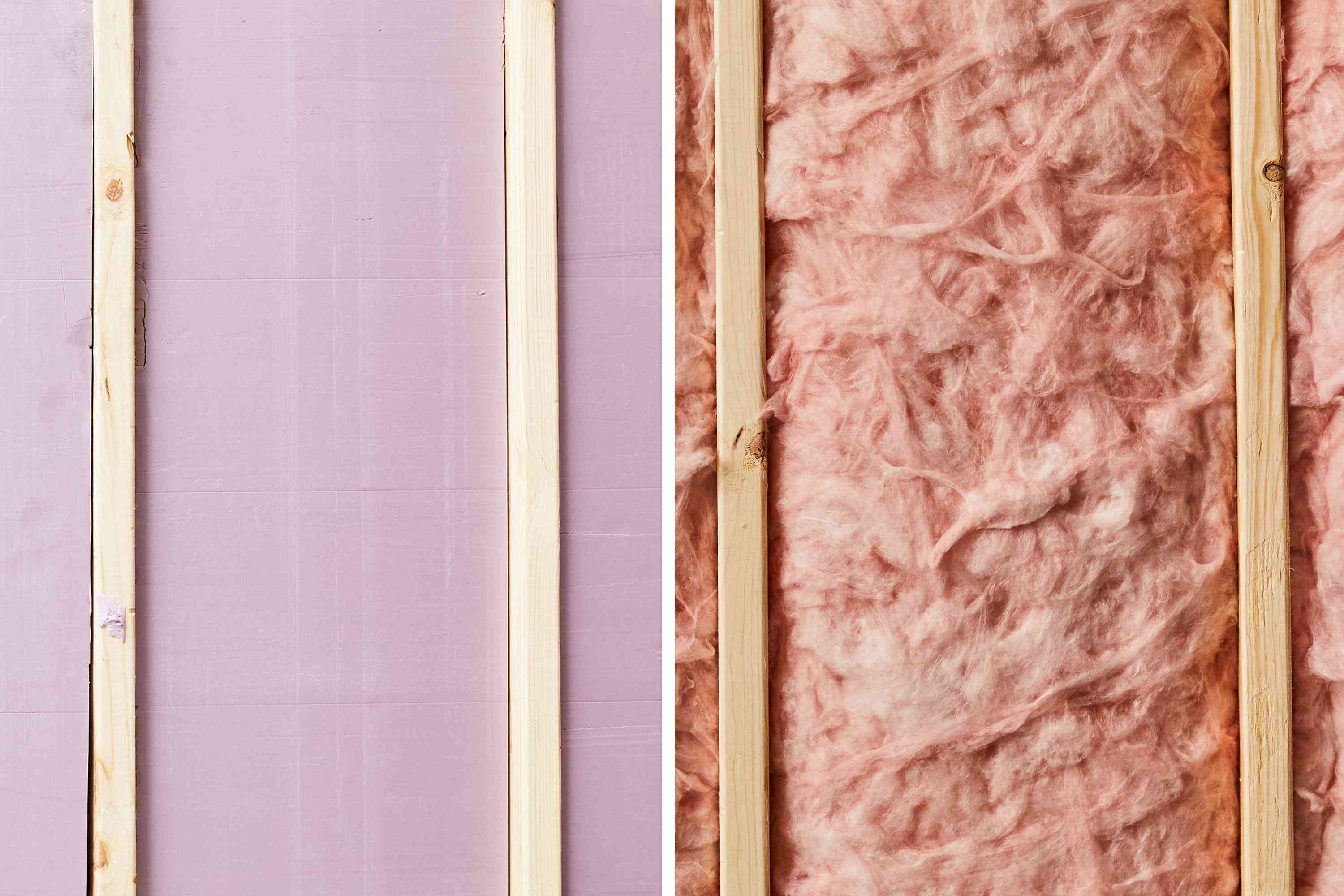
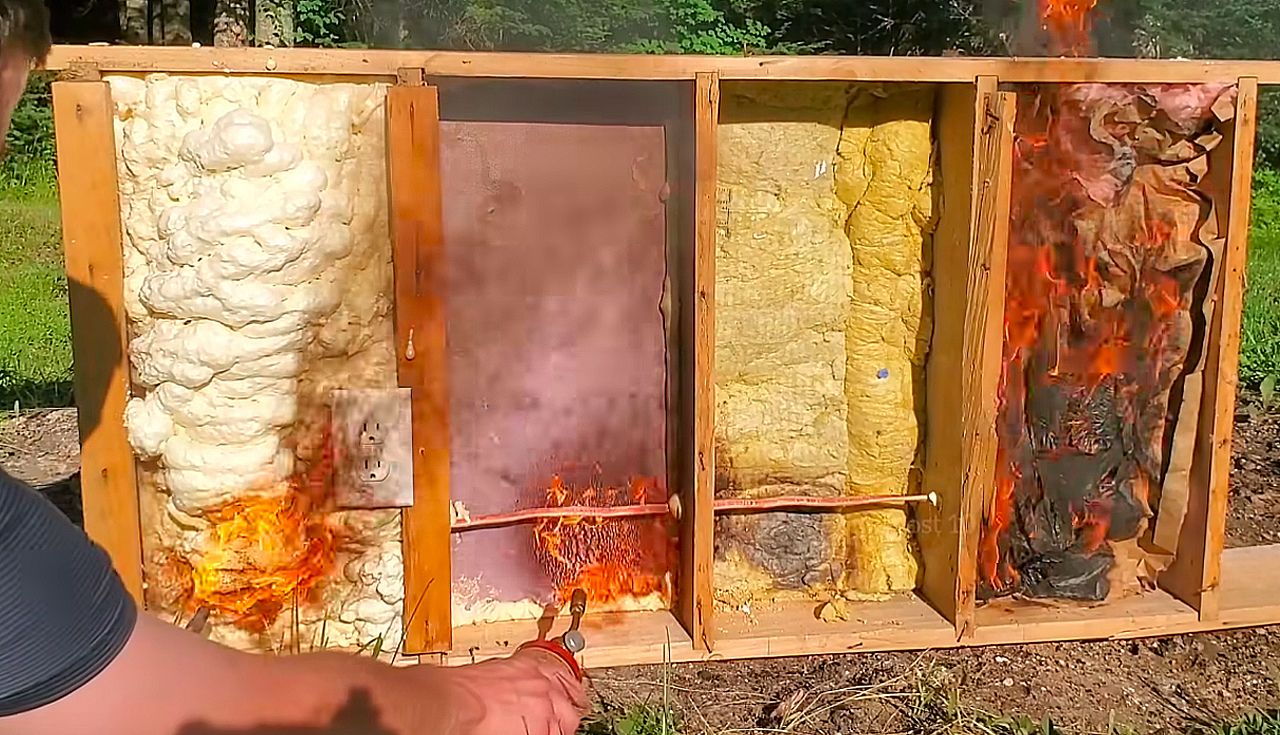
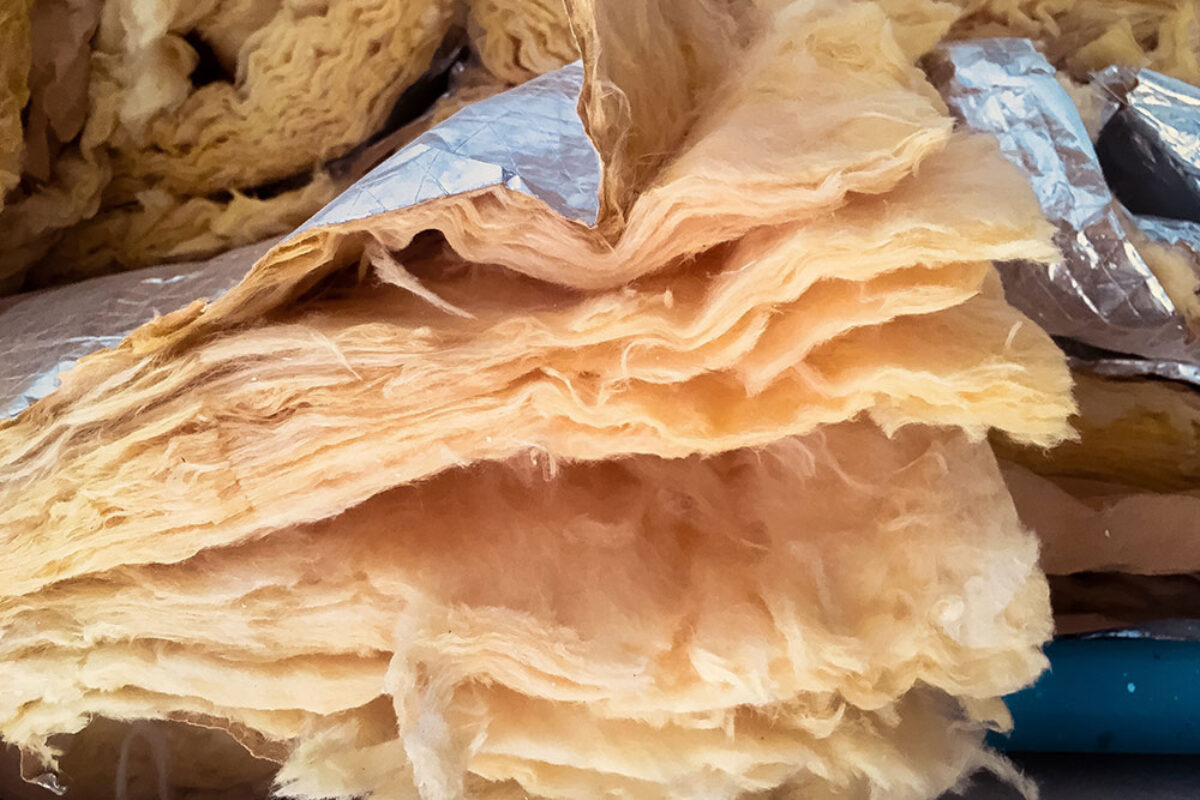
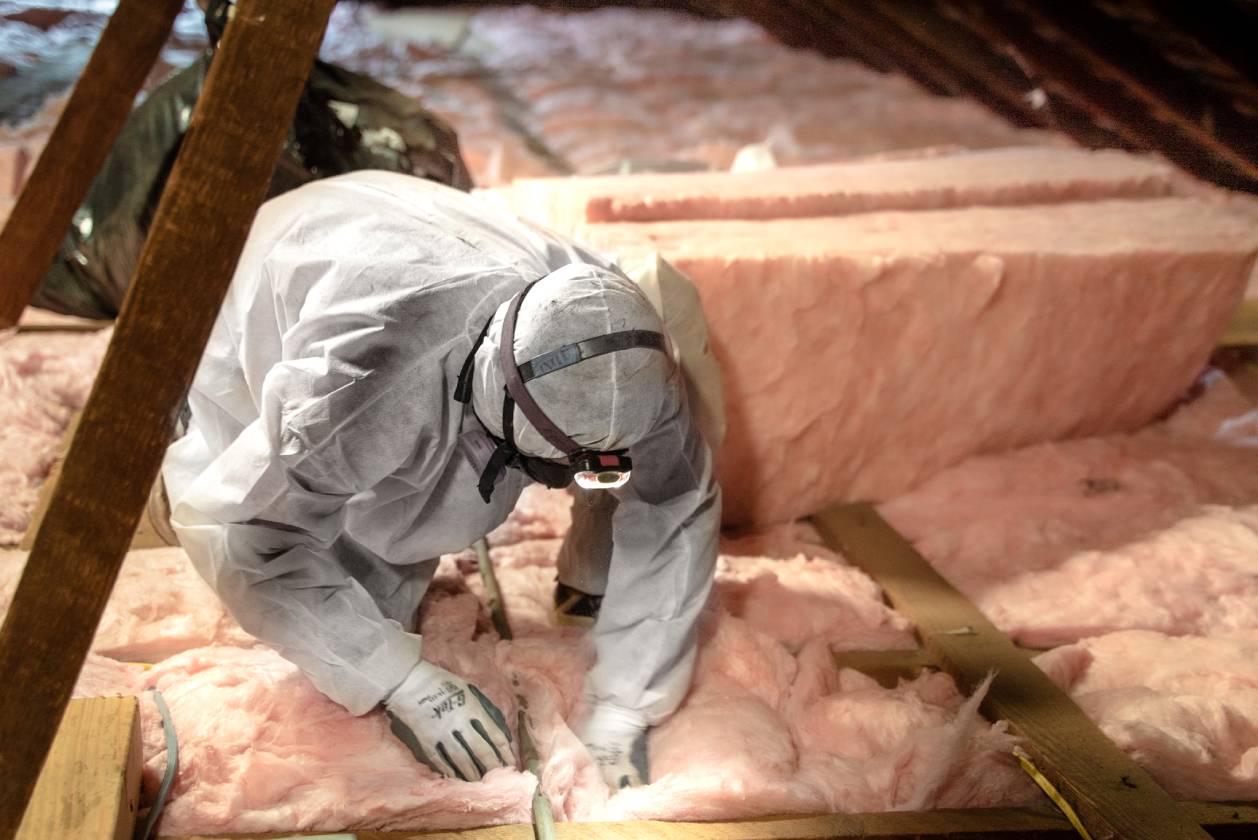
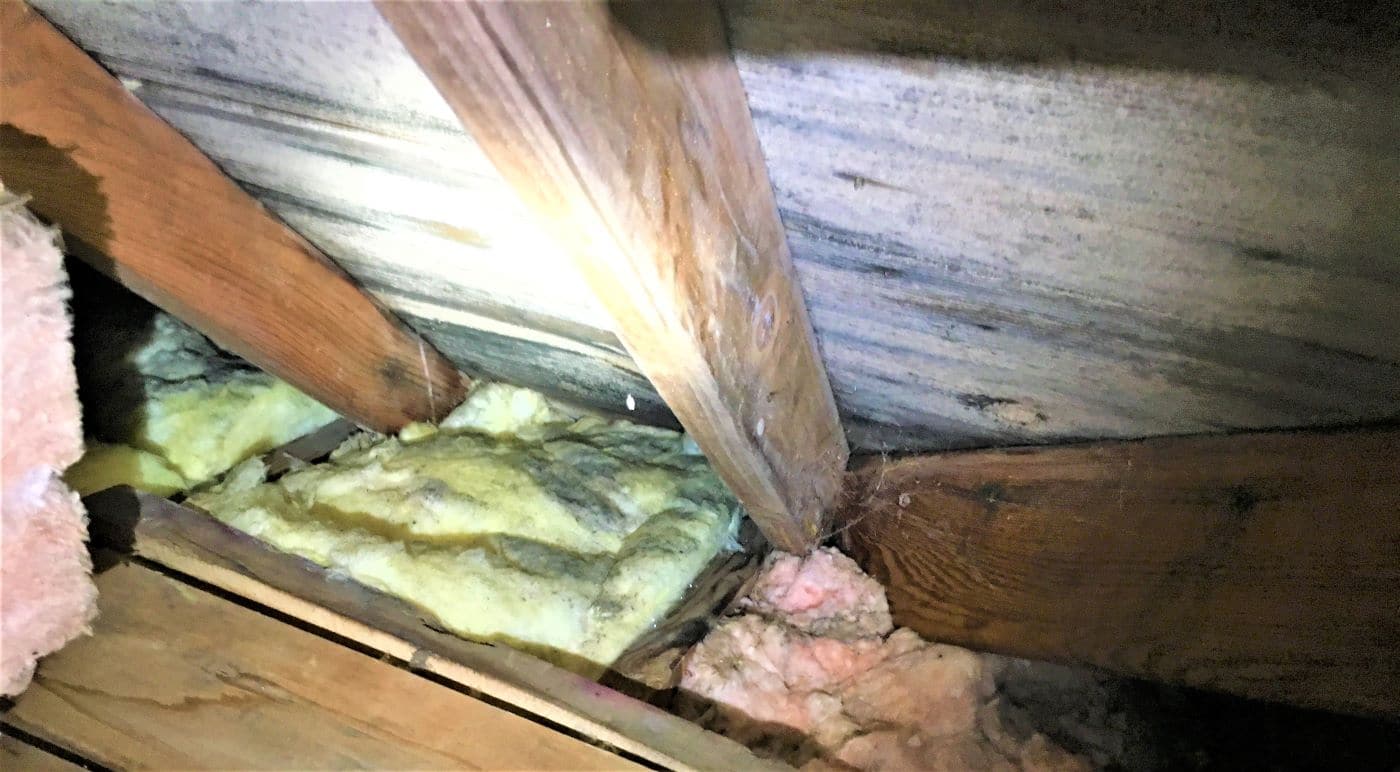



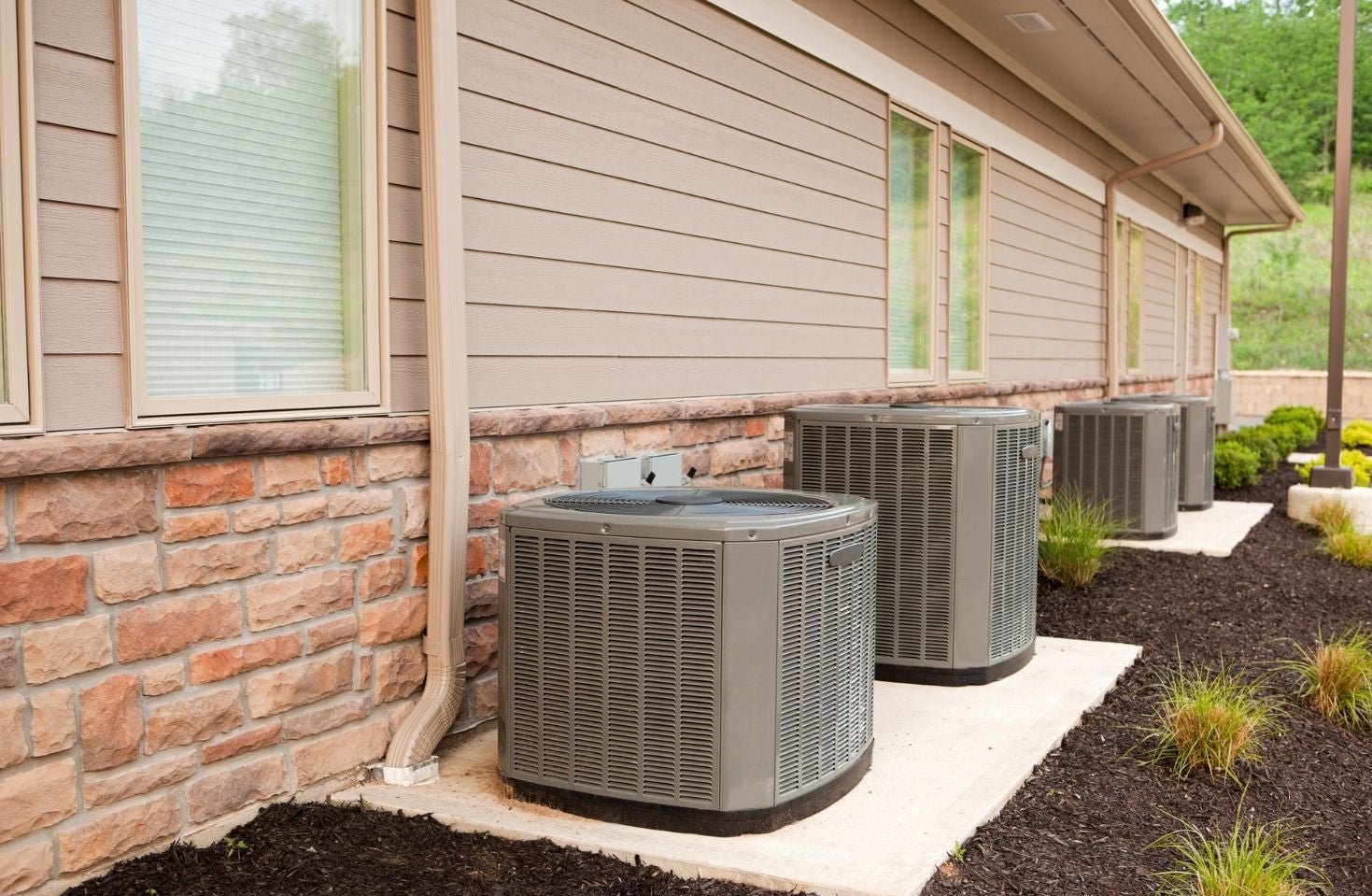


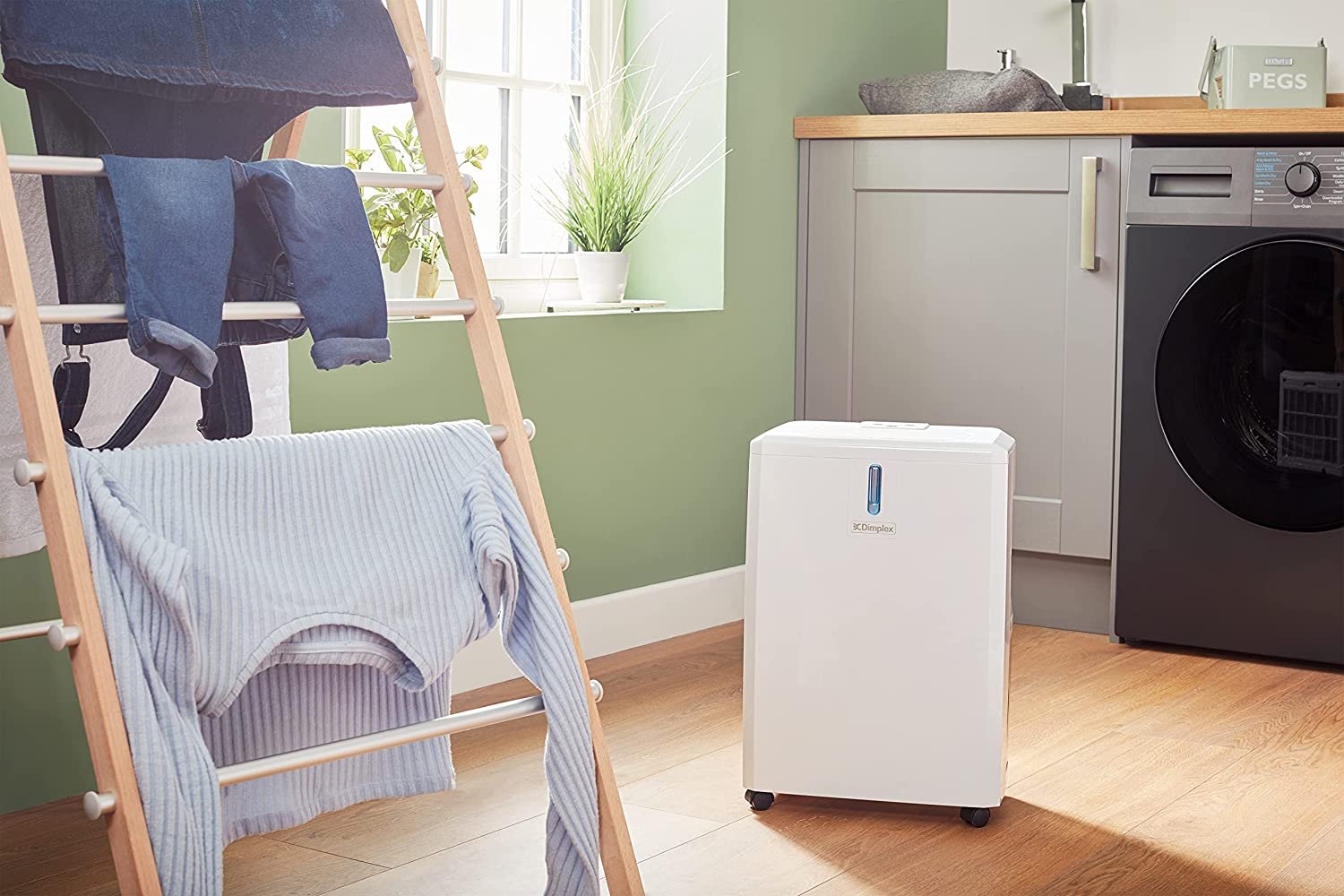
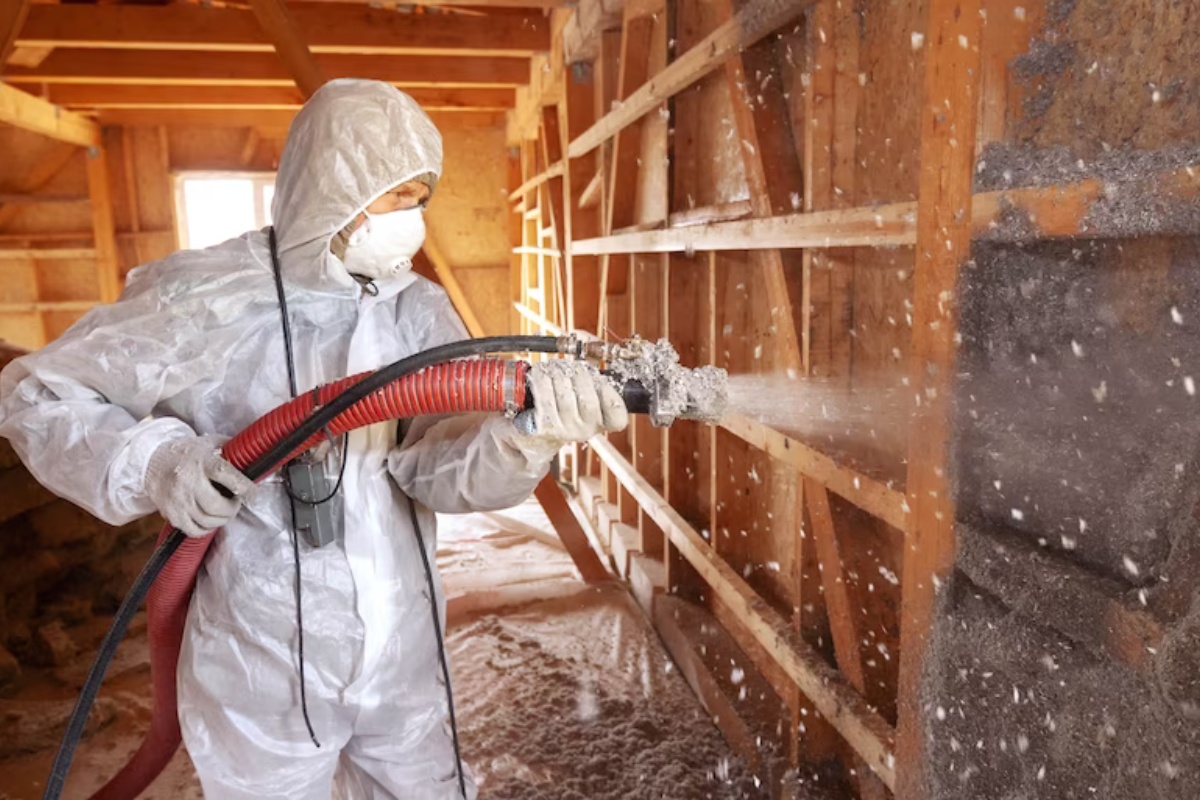

0 thoughts on “What Does Insulation Do”